
5-26 #HotCoffee : Arm is seeking to raise prices for its chip designs; Sony is allegedly working on its first clamshell foldable smartphone; China has said Micron’s product has failed its network security review; etc.

Apple has announced a new multiyear, multibillion-dollar agreement with Broadcom. Through this collaboration, Broadcom will develop 5G radio frequency components — including FBAR filters — and cutting-edge wireless connectivity components. A Film Bulk Acoustic Resonator (FBAR) filter is a bulk acoustic wave filter that can help reduce noise and separate out signal bands. The technology can help cut down on signal issues and generally improve connectivity over 5G. Broadcom has been a long-time partner of Apple, with it previously negotiating numerous agreements for wireless components, including RF chips. However, there is a rumor claiming that Apple is planning to drop a Broadcom component in 2025, specifically elements relating to Wi-Fi and Bluetooth functionality.(Apple Insider, Apple.com)
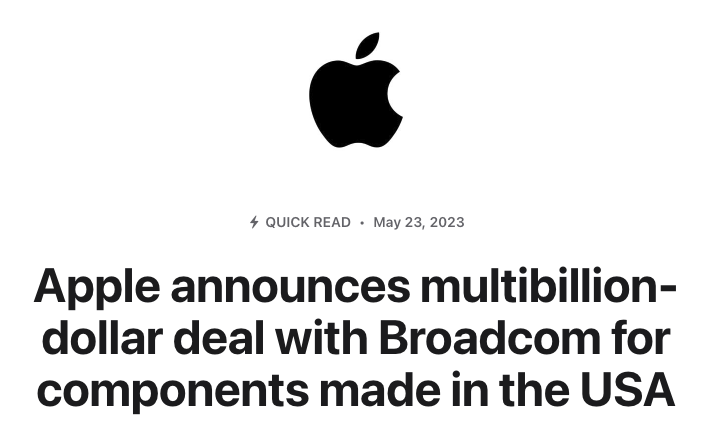
Qualcomm’s higher-clocked Snapdragon 8 Gen 2 processor could no longer be exclusive to Samsung phones in the near future. Samsung’s monopoly on the so-called “Snapdragon 8 Gen 2 for Galaxy” processor is over. This higher-clocked chip will soon be available for domestic smartphone brands, which is speculated to be ASUS, OnePlus, and Xiaomi. (Android Central, Weibo, Android Authority)

Dell and Nvidia are extending their long standing partnership with the new Project Helix initiative to bring the power of generative AI to on-premises enterprise deployments. Project Helix is an effort to combine hardware, software and services from the two vendors to help enterprises benefit from the emerging capabilities of large language models (LLMs) and generative AI. The initiative will include validated blueprints and reference deployments to help organizations deploy generative AI workloads. The hardware side will see Dell PowerEdge servers including the PowerEdge XE9680 and R760a benefit from Nvidia H100 tensor core GPUs. The integrated hardware stack will integrate with Dell PowerScale and Dell ECS enterprise object storage. The software stack includes Nvidia AI Enterprise as well as capabilities from the Nvidia NeMo framework for generative AI.(CN Beta, Nvidia, Dell, VentureBeat, Silicon Angle)
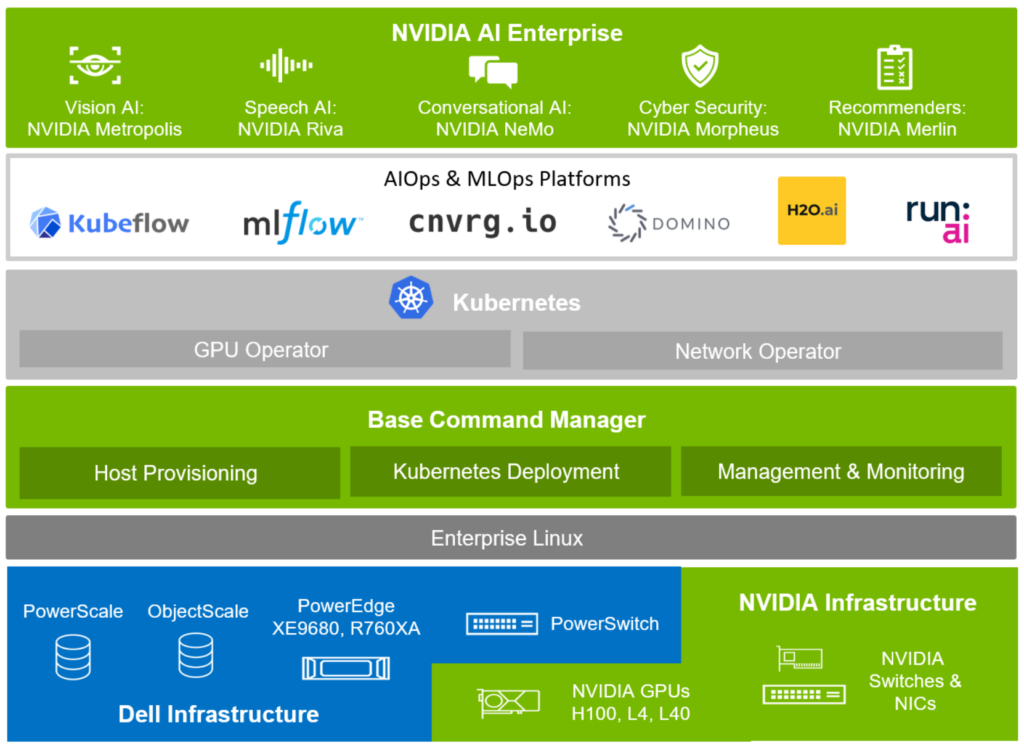
Nvidia has announced that it is integrating its Nvidia AI Enterprise software into Microsoft’s Azure Machine Learning to help enterprises accelerate their AI initiatives. The integration will create a secure, enterprise-ready platform that enables Azure customers worldwide to quickly build, deploy and manage customized applications using the more than 100 Nvidia AI frameworks and tools that come fully supported in Nvidia AI Enterprise, the software layer of Nvidia’s AI platform.(GizChina, Motley Fool, Nvidia)
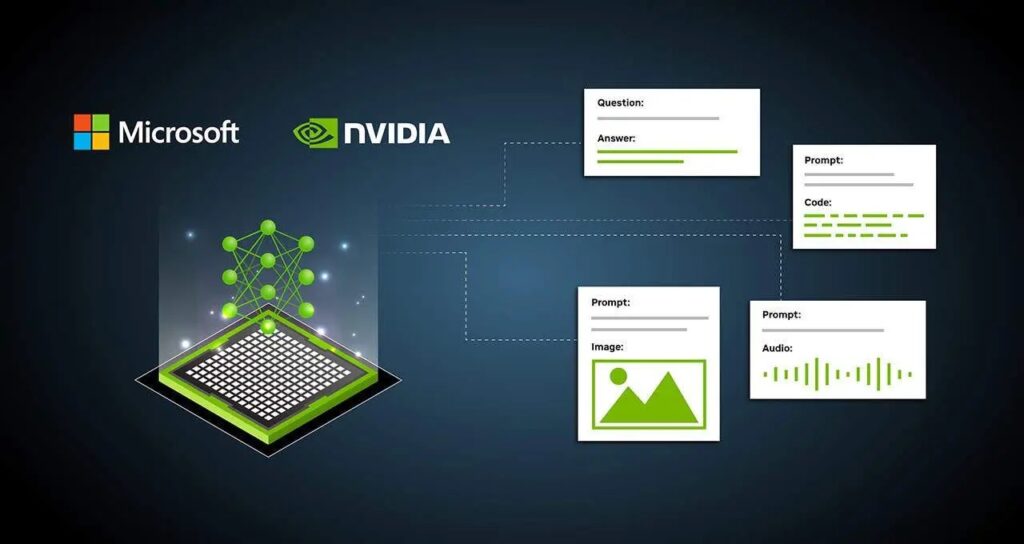
Arm, owned by Japan’s SoftBank Group Corp, is seeking to raise prices for its chip designs, as it aims to boost revenue ahead of an initial public offering in New York. The company has recently notified several of its customers of a “significant shift” to its business model. Arm intends to alter its royalty program, ceasing to charge chipmakers royalties for using its designs based on a chip’s value, and instead charge device makers based on the value of the device. As a result of this change, Arm anticipates generating multiple times more revenue for each design it sells, since the value of an average smartphone far exceeds that of a single chip. (CN Beta, Digit.in, Financial Times, Reuters, Yahoo)
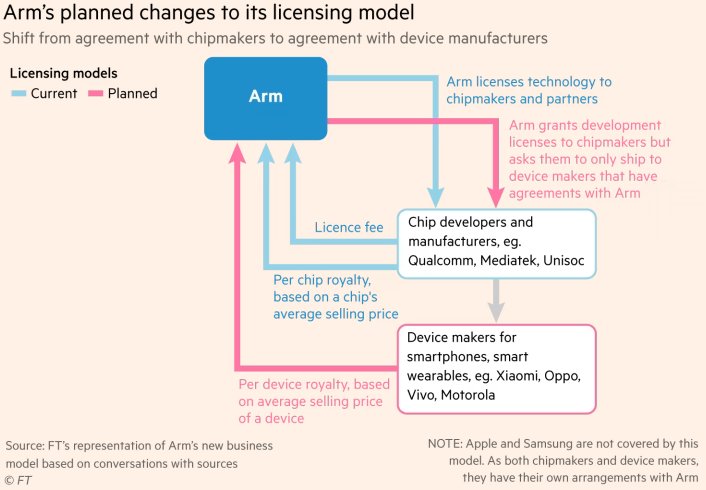
E Ink, the world’s leading provider of ePaper technology, has announced the enhancement of its collaboration with MediaTek to jointly enter the global eReader market through system chip development. Through the integration of E Ink’s ePaper and system technology with MediaTek’s cutting-edge chip solutions, the two companies are poised to offer new business prospects for Taiwanese manufacturers in the global eReader market. E Ink and MediaTek have already partnered and entered the supply chain of renowned eReader makers. (Liliputing, Business Wire)
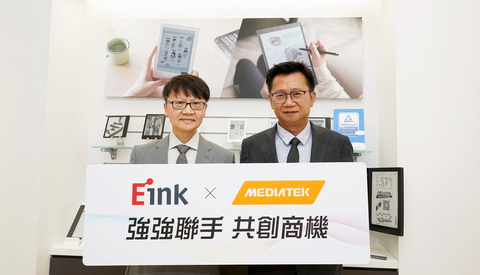

Sony is allegedly working on its first clamshell foldable smartphone, dubbed “Xperia Compact”. Sony wants to make this the go-to smartphone for people who want a truly compact smartphone. The foldable smartphone seems does not feature an outer display. (Android Headlines, Sumahodigest)
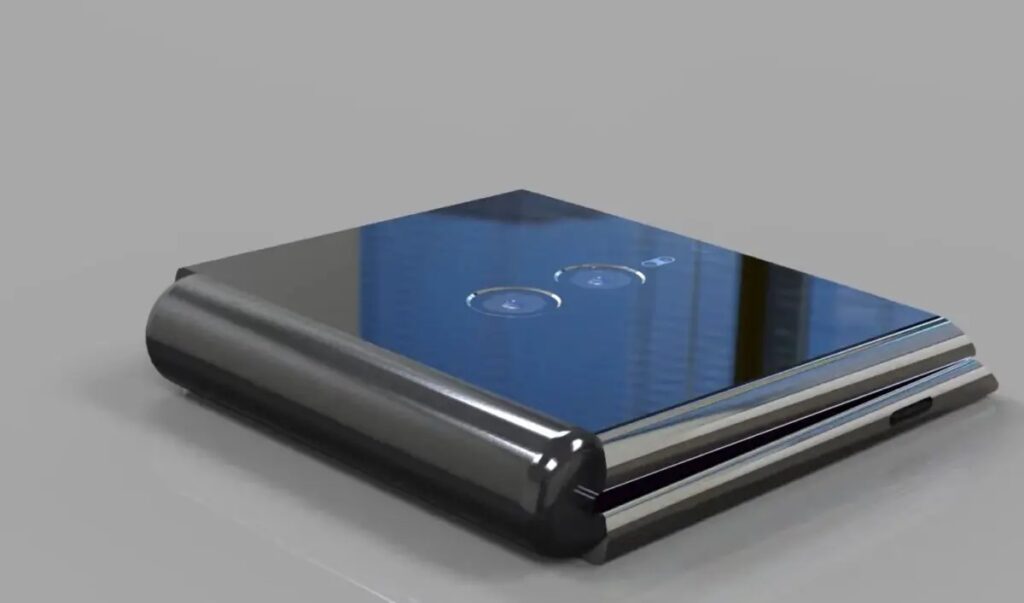
Samsung Display will showcase the Rollable Flex OLED panel that can stretch up to 12.4 inches in size. It can be rolled open from 49mm to 254.4mm in size, potentially turning from a phone to a tablet. Unlike conventional folding and sliding screens that offer up to 3x scalability, Samsung’s Rollable Flex OLED panels offer more than 5x the scalability (going from 49mm to 254.4mm in size). As Samsung Display explains, the company was able to achieve this level of flexibility by making the OLED panel roll and unroll on an O-shaped axis like a scroll.(Android Headlines, The Verge, SamMobile)
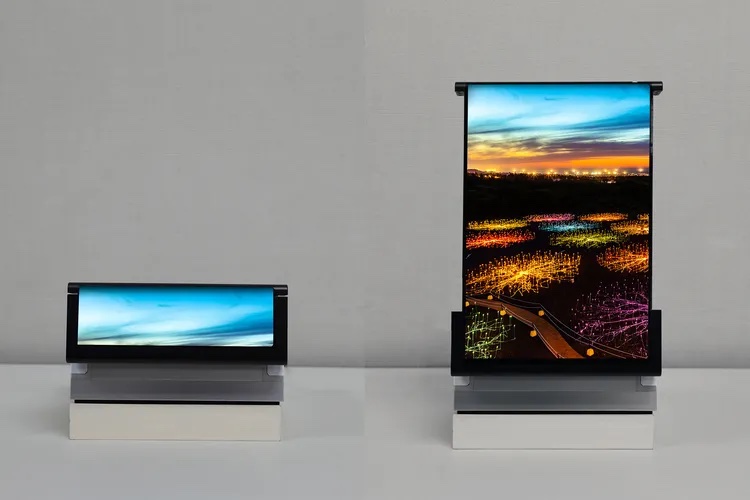
According to TrendForce, the continuing global economic downturn continues to exert pressure on the smartphone, with this year’s projected market size falling short of 1.2B units. Concurrently, advancements in both software and hardware of new devices have plateaued, shifting the market focus toward foldable smartphones. TrendForce estimates that shipments of foldable smartphones will reach 19.8M units in 2023, marking an impressive YoY growth rate of 55% compared to 12.8M units in 2022. Relatively high prices have been a significant barrier to the wider adoption of foldable smartphones. The price of hinges—another critical component—used to range between CNY 800–1200, but is now adjusting downwards, alleviating the overall cost pressure of foldable smartphones and boosting consumer acceptance. (TrendForce, TrendForce)
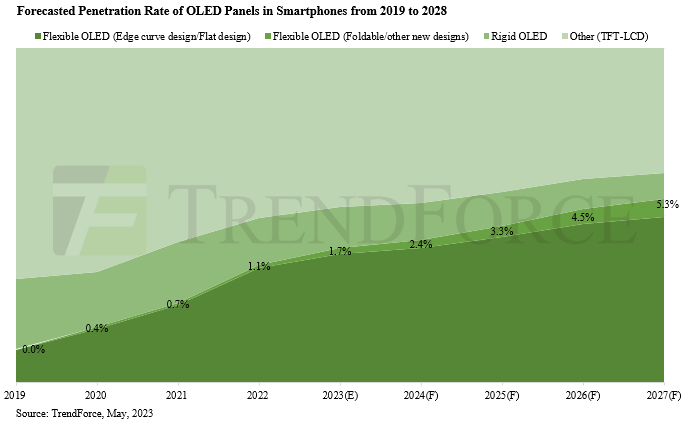
Corning has announced a 20% hike in its display glass substrate prices across all geographic regions. The move is intended to offset higher production costs, as the company revealed that it is forced to pass on the inflated raw material and energy costs to consumers to sustain profitability. Despite the price increase, the company expects demand for glass products to pick up in the second half of the year, driven by the continued recovery of the display industry. In addition, healthy demand trends are likely to be propelled by seasonality factors and improved market conditions in China. (CN Beta, Yahoo, Yahoo, Fierce Telecom)
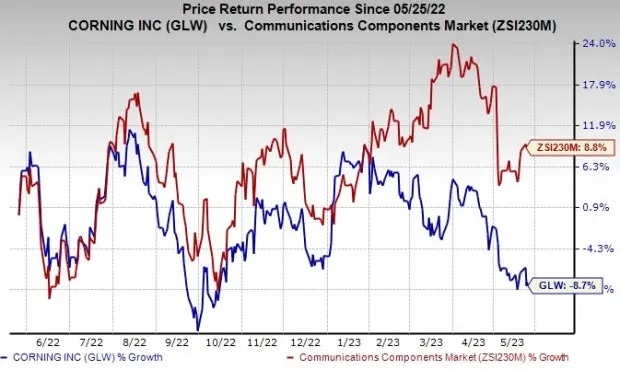

China’s cyberspace regulator Cyberspace Administration of China (CAC) has said that products made by US memory chip manufacturer Micron Technology had failed its network security review and that it would bar operators of key infrastructure from procuring from the firm. According to China’s broad definition of critical information infrastructure, this could include sectors ranging from transport to finance. Micron said it had received the CAC’s notice of conclusion of its review of the company’s products sold in China, and “look forward to continuing to engage in discussions with Chinese authorities”. (RFI, Android Headlines, Reuters, SCMP, CNA, Bloomberg, DW)
TrendForce reports a dramatic 21.2% QoQ decline in 1Q23 revenues for the DRAM industry, bringing total revenue down to USD9.663B. This significant dip represents the third consecutive quarter where revenues have fallen. A closer look reveals that increased shipment volumes were exclusive to Micron, with other suppliers noting a decrease. The ASP fell for all three major suppliers. An enduring oversupply issue, which has led to an ongoing slump in prices, is the chief culprit behind the decline. Nevertheless, the industry expects a gradual slowing in the rate of price decline following planned production cuts. TrendForce’s 2Q23 forecast suggests a rise in shipments, but the ongoing price fall might limit potential revenue growth. Each of the 3 major suppliers—Samsung, Micron, and SK hynix—reported a drop in quarterly revenue. (CN Beta, TrendForce, TrendForce)
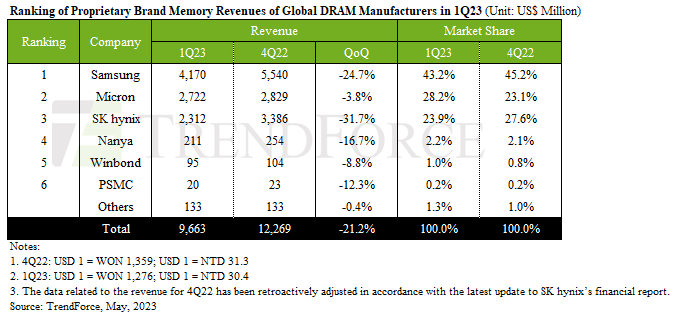

Samsung Display unveils a fingerprint Sensor OLED display for monitoring a person’s heart rate, blood pressure, and stress levels. A light-sensing organic photodiode (OPD) is embedded within the display, using OLED light to gather user’s cardiovascular information. Samsung states the light is “reflected differently depending on the contraction and relaxation of the blood vessels inside the finger”. When the light returns to the panel, the OPD collects it and converts the data into information we can understand health-wise.(Samsung Display, Android Central, Android Headlines)
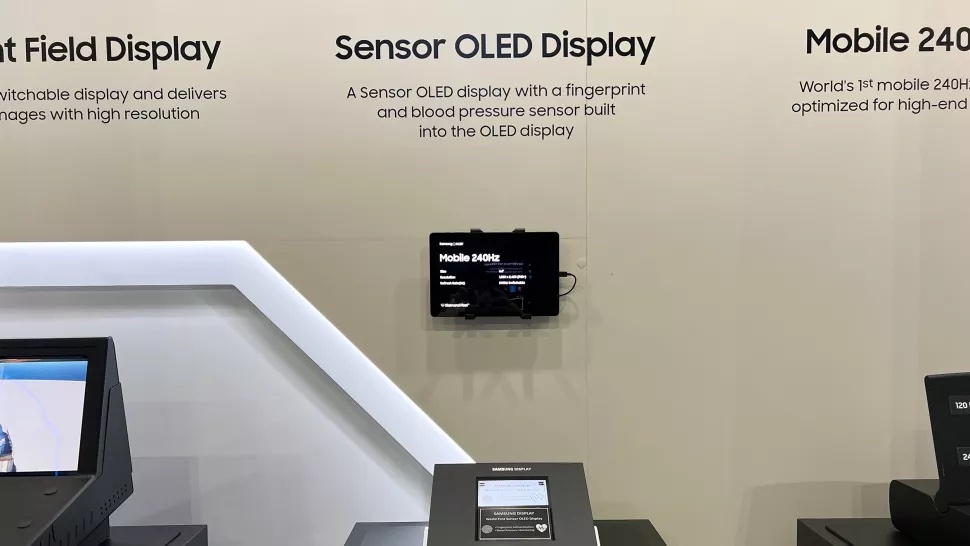
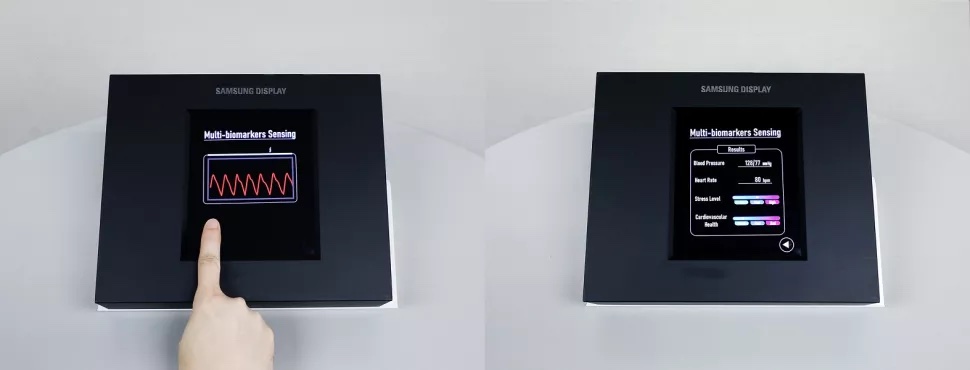

South Korea’s antitrust regulator has said it has decided to fine the country’s 3 mobile carriers a combined KRW33.6B (USD25.4M) for their misleading advertisements on the speed of the 5G network services. The move came after SK Telecom Co., KT Corp. and LG Uplus Corp. exaggerated the performance of their 5G network services, with their advertisements providing speeds that can only be observed in a limited environment, according to the Fair Trade Commission (FTC). The FTC said while advertisements gave the impression that users could actually enjoy the maximum speed, the three mobile carriers have failed to verify that their services can reach that level. (CN Beta, YNA)
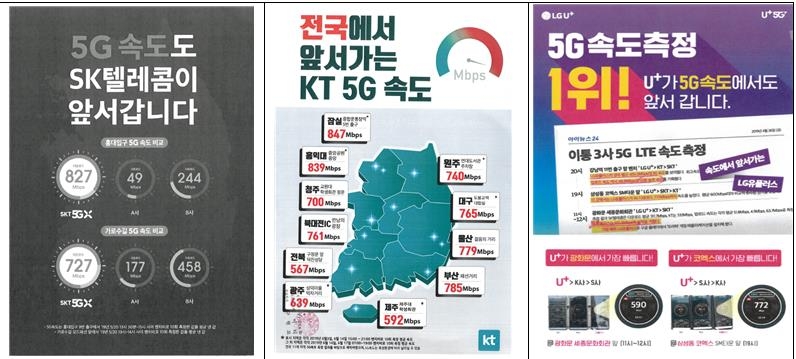

Meta, which owns Facebook was fined EUR1.2B by the Irish Data Protection Authority (IE DPA). According to the European Data Protection Board (EDPB), it is the largest fine ever over GDPR breaches. The fine was imposed because Meta was transferring the personal data of European users to the United States over standard contractual clauses since Jul 2020, which EDPB deemed unlawful. The company needs to discontinue the procedure within a 6-month timeframe. According to the Data Protection Commission, Meta Ireland breached Article 46 (1) of the GDPR. The article itself allows organizations to transfer data to a third country or international organizations provided there are appropriate safeguards and effective legal remedies for data subjects. (GSM Arena, EDPB)
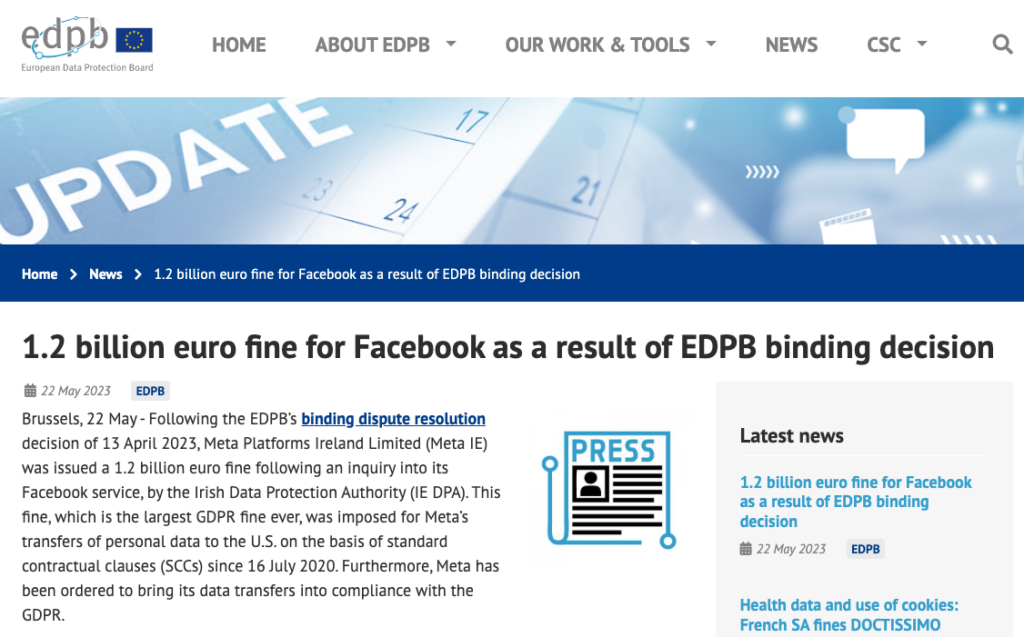
Western Europe’s smartphone market faced a continued slump in 1Q23, dropping 13% to 23.7M units of shipments, as challenging economic conditions drove lower consumer demand and extended purchasing cycles. However, a glimmer of hope has appeared with Canalys’ latest forecast predicting a rebound of 6% growth in 2024, signaling a potential market revival. Samsung claimed the top spot in 1Q23 with a 35% market share, despite a fall of 16% YoY. Samsung’s top-performing models were the newly launched S23 Ultra, S23 and A14 models, along with A53 and A33 in 2022. (Apple Insider, Canalys)
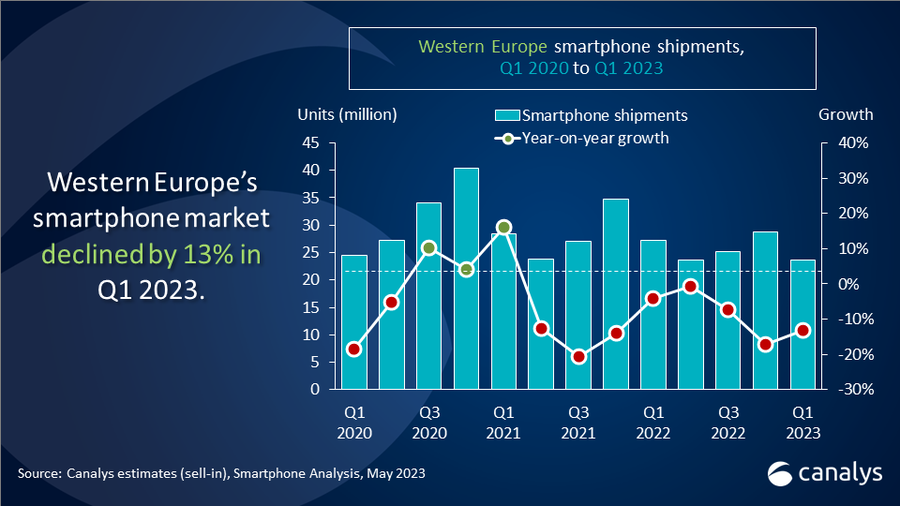
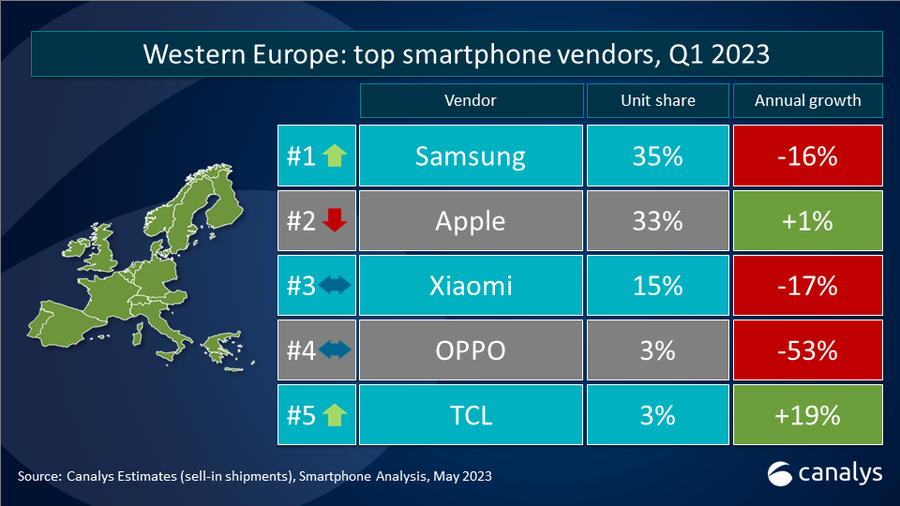
Cybersecurity firm Trend Micro has examined 50 different Android device models during their investigation. According to the findints, 8.9M Android devices were found to be infected with malicious software. The identity of the harmful software was also revealed. Another cybersecurity firm, Sophos, named the identified application as Guerrilla. Sophos tracked the path of the Guerrilla app, and the resulting findings were equally disturbing. The reason being that Guerrilla was found within the infrastructure of 15 different applications in the Google Play Store. What Guerrilla essentially does is simple. It opens a backdoor on your phone under the guise of an “update notification” within the application it’s housed. This allows unwanted harmful software to be downloaded onto your phone, presenting them as updates. The downloaded malicious software then affects aspects like your phone’s battery life, performance, or the advertisement content that appears. Evidence links Guerilla malware with a threat actor dubbed Lemon Group (currently rebranded as “Durian Cloud SMS”). This group is connected to a variety of businesses relating to advertising and marketing. (CN Beta, PC Risk, 91Mobiles, Gizmo China, Ars Technica, Trend Micro)
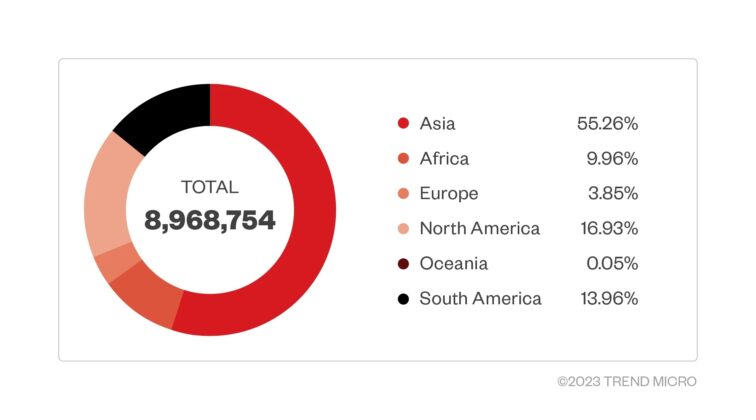
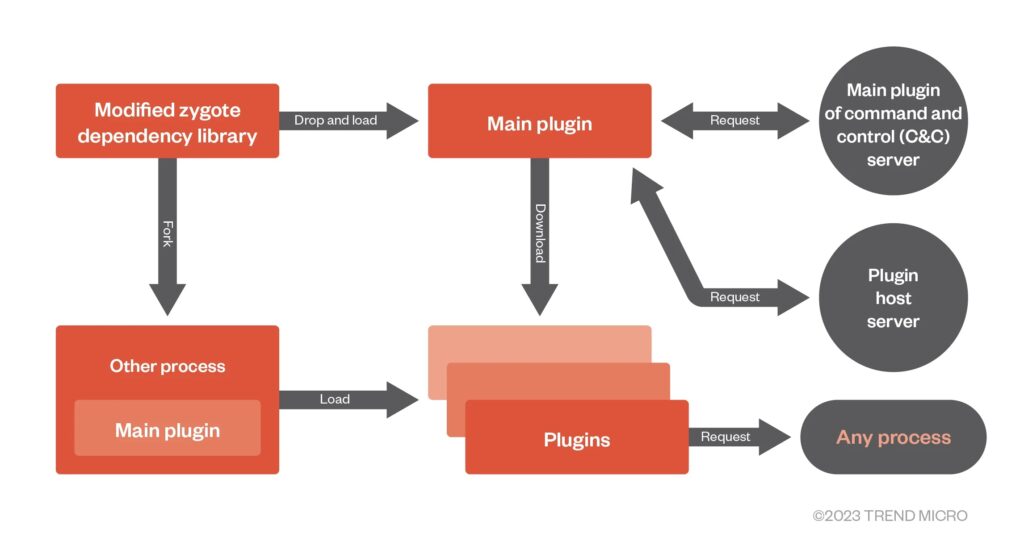

Global smartwatch shipments contracted 1.5% YoY in Q1 2023, according to Counterpoint Research. The 121% growth in India’s shipments managed to restrict the decline. This was the second consecutive quarter of a YoY decrease in global shipments, which were hit by the seasonal decline in demand for products from major players like Apple and Samsung, along with consumer sentiment dampened by global financial pressures. Indian brand Fire-Boltt surpassed Samsung for the first time and reached the second position in the global market. Its shipments increased by approximately 3 times compared to the previous year and saw a 57% growth compared to the previous quarter. This reflects the rapid growth of the Indian market, just like other local brands such as Noise and boAt. (Android Authority, Counterpoint Research)
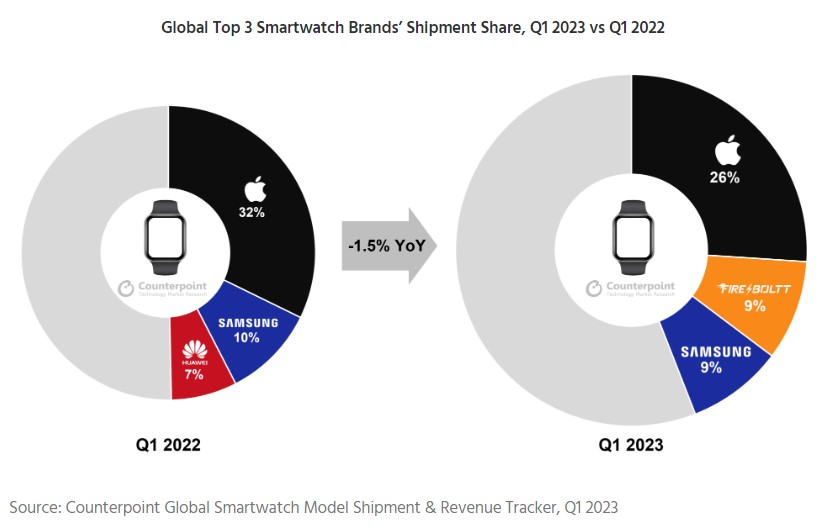
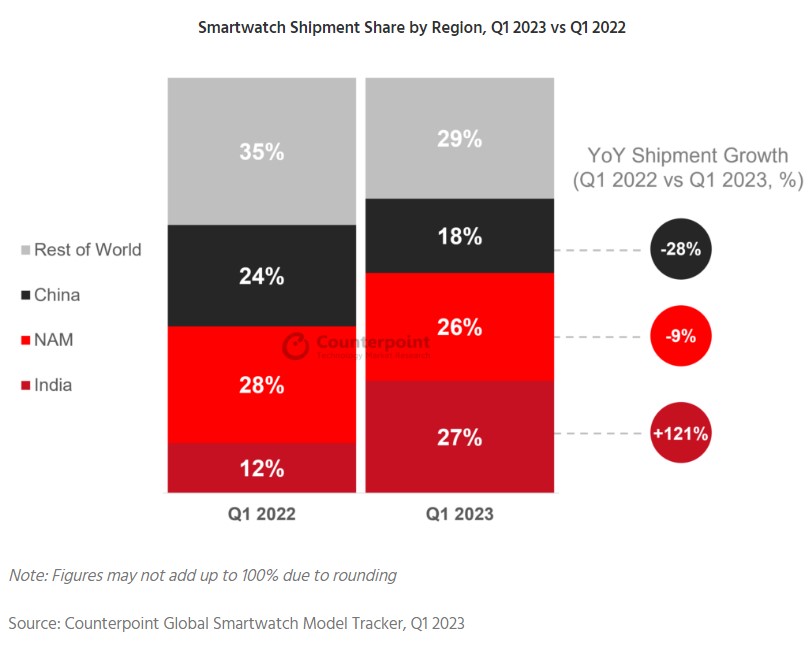

Meta has reportedly begun another round of mass layoffs. This is the third and final round of a massive job cut announced in mid-Mar 2023. Facebook‘s parent company has laid off around 10,000 employees across these 3 rounds. It previously cut more than 11,000 jobs in No 2022, taking the total layoffs to over 21,000. (Android Headlines, Android Central, Reuters, Reuters)
Sony has announced that its Playstation VR2 sales were just shy of 600K units 6 weeks after the 22 February 2023 launch. This means purchases of Sony’s latest VR headset are eight per cent up on the launch of the original PSVR device across the same release period. The data covers sales through until the beginning of Apr 2023, so the headset will have surpassed the aforementioned stat as we approach Jun 2023.(Engadget, Push Square, Sony)
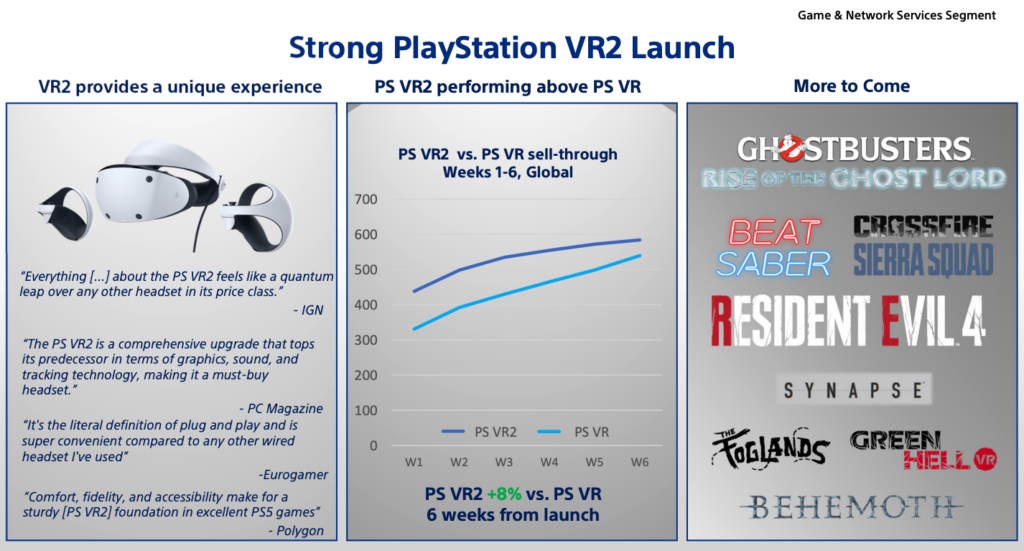

Waymo and Uber have announced a new, multi-year strategic partnership to make the Waymo Driver available to more people via the Uber platform starting in Phoenix. Uber will soon offer rides in Waymo’s autonomous vehicles using the regular Uber app. It will also integrate with Uber Eats for meal delivery. The service will begin toward the end of 2023 in the Metro Phoenix area, where Waymo is already offering driverless rides for paying passengers through its Waymo One app. Earlier May 2023, Waymo said it was doubling its service area in Phoenix to serve 180 square miles of The Valley, an expansion that it said makes it “the largest fully autonomous service area in the world”.(Digital Trends, Waymo)
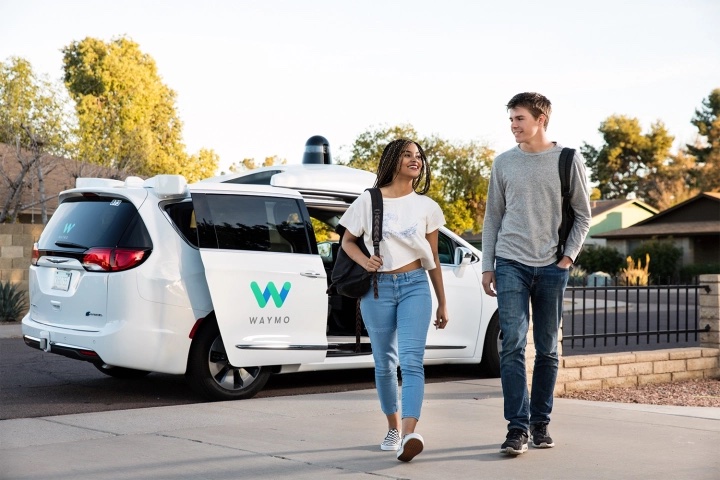
California has asked the Biden administration to approve its plan to require all new vehicles sold in the state by 2035 to be either electric or plug-in electric hybrids, a landmark move that could speed the end of gasoline-powered vehicles. The California Air Resources Board (CARB), which approved the plan in Aug 2022, asked the Environmental Protection Agency (EPA) to approve a waiver under the Clean Air Act to implement its new rules that set yearly rising zero emission vehicle rules starting in 2026 and would end the sales of vehicles only powered by gasoline by 2035. CARB’s regulation would allow automakers to sell up to 20% PHEVs by 2035 and by then would need a minimum 50-mile (80.5km) all-electric range label to qualify. (CN Beta, Reuters, NASDAQ)
BlueCruise, Ford’s hands-free driver-assist system, will be available in 500,000 vehicles by 2024. And a Level 3 system, which is also called conditional or unsupervised autonomy, will be first available in Ford’s next-generation EVs. BlueCruise is a Level 2 system, meaning the vehicle controls major functions like acceleration and braking as well as lane centering and automatic lane changing. But while drivers can take their hands off the steering wheel and their feet off the pedals, they need to keep their eyes on the road and be ready to take control at a moment’s notice. Ford said that BlueCruise-equipped vehicles have already traveled over 50M miles. Level 3 refers to highly automated driving, where the driver still needs to be able to take over the vehicle upon request but can also take their eyes off the road in certain situations. Doug Field, the company’s vice president in charge of electrification and software, has indicated that downtown operations with pedestrians and stop signs and double- and triple-parked cars is the hardest possible place to get L3 up and going. (The Verge, Android Headlines)
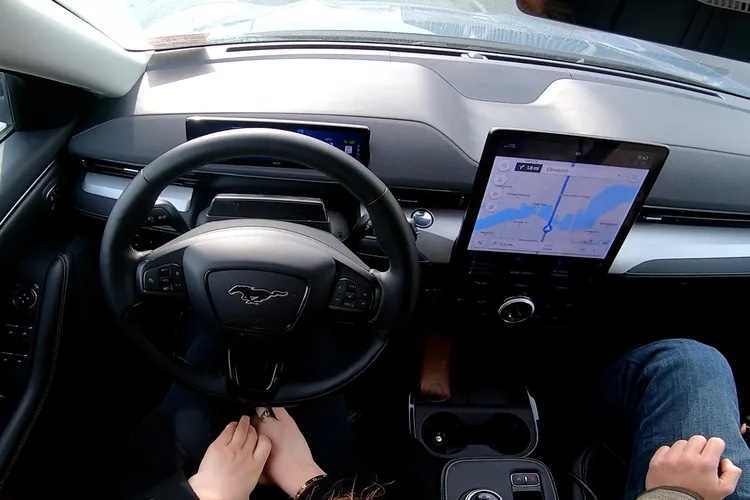
Apple’s digital car key feature for iPhone and Apple Watch is expanding to Mercedes-Benz, with changes to Apple’s back-end configuration files for the feature having been updated with references to the automaker. Only a handful of brands including BMW, BYD, Genesis, Hyundai, and Kia have so far introduced support for the feature on select models, which allows user to add a digital car key to the Wallet app on iPhone and Apple Watch and then lock, unlock, and start car without needing a physical key.(MacRumors, Mercedes-Benz, Twitter)
The blended-wing Natilus Kona aircraft, which is now flying in quarter-scale testing in California, is set to have a zero-emissions variant thanks to a partnership with Zeroavia, which will provide a 600kW hydrogen-electric powertrain option. The ZA-600 powertrain is already in testing. It’s the one Zeroavia has been testing on one side of a 19-seat Dornier 228 – the largest hydrogen-powered aircraft ever to fly when it first took off. Zeroavia’s goal is to have it fully packaged up, certified and powering clean commercial flights by 2025. (CN Beta, Flight Global, New Atlas)
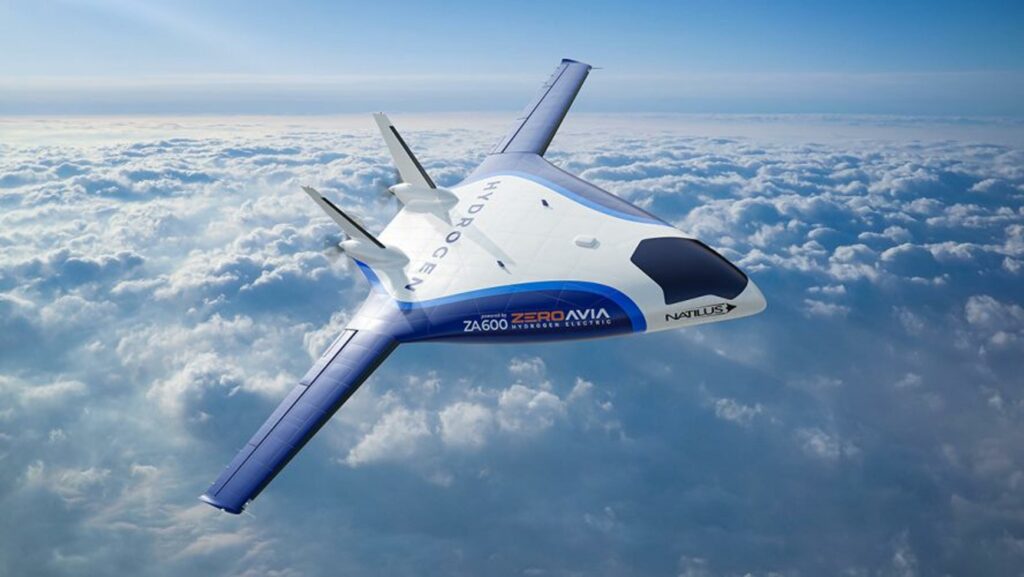

Google introduced Flood Hub in 2022, a tool designed to provide advance warnings to individuals in vulnerable areas. Now, Google has taken another step towards helping people in times of crisis by announcing the expansion of Flood Hub to over 60 new countries. With its vast amount of data and resources, the company was able to predict floods up to a week in advance, thus offering significantly more time for people to prepare when compared to previous methods. The functioning of Flood Hub revolves around the utilization of publicly available data sources, such as weather forecasts and satellite imagery. While Google previously used water level gauges to predict floods, the required data was often unavailable in underdeveloped countries. Therefore, Google switched techniques and combined two essential models: the Hydrologic Model, which forecasts the volume of water flowing in rivers, and the Inundation Model, which predicts the areas that will be affected and estimates the water depth. (CN Beta, Android Headlines, Google)

Microsoft has announced that it has expanded its AI plugin ecosystem and provided a framework for building AI apps and copilots. At the same time, it is adopting the same open plugin standard that OpenAI uses for ChatGPT to ensure it’ll work alongside its Windows 11, 365 and other copilots. Microsoft introduced the idea of copilots nearly 2 years ago. Those are applications that use AI and LLMs (large language models) to help users with complex cognitive tasks like writing sales pitches, generating images and more. For example, ChatGPT on Bing is actually a copilot, and Microsoft has also launched copilots for Microsoft 365 and Microsoft Security, among others.(CN Beta, The Verge, Engadget, Microsoft, XDA-Developers)
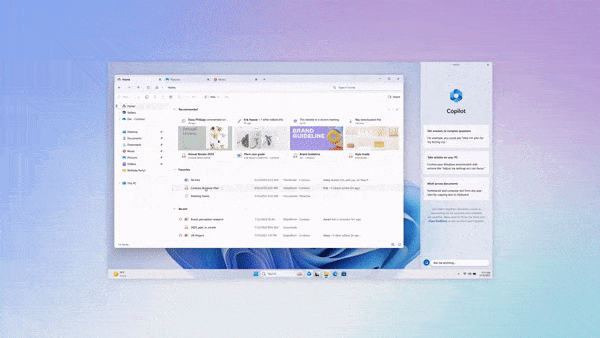
Google is beginning to open access to its Search Labs experimental program. Users in the U.S. need only tap or click on the Labs icon in the Google app on Android and iOS or on desktop Chrome browsers to sign up. If accepted, they will be notified via email. Search has already been teased to provide a generative AI-powered experience that aims to “take some of the work out of searching”. Google states its generative AI software in Search can help users understand a complicated subject, and get up to speed with one they know little about, faster. This comes into play through Search’s new AI-powered snapshot that will break down larger topics into bite-sized pieces so user only seeing what matters to the subject for a more educated decision.(Android Authority, Android Central, Google)
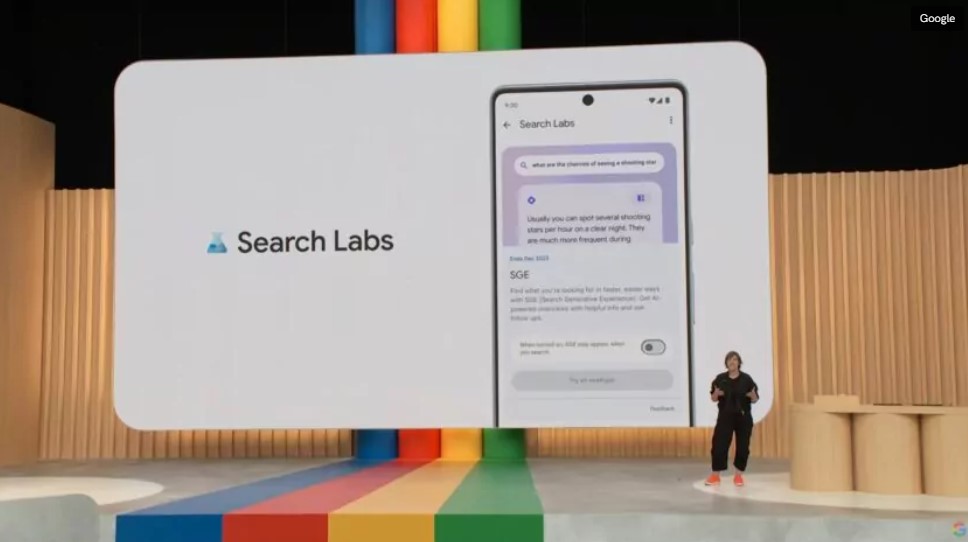
The European Commission and Google have started to work together to create a voluntary AI pact ahead of some stronger guidelines coming for the technology. EU industry chief Thierry Breton has reportedly been urging EU countries and lawmakers to finalize the details of the European Commission’s AI rules before end-2023. The proposed AI pact and, assumedly, the forthcoming rules will affect both European and non-European countries moving forward. However, neither group has started negotiations to iron out any kinks in the proposed restrictions for the rise in AI software. (Android Central, Reuters)